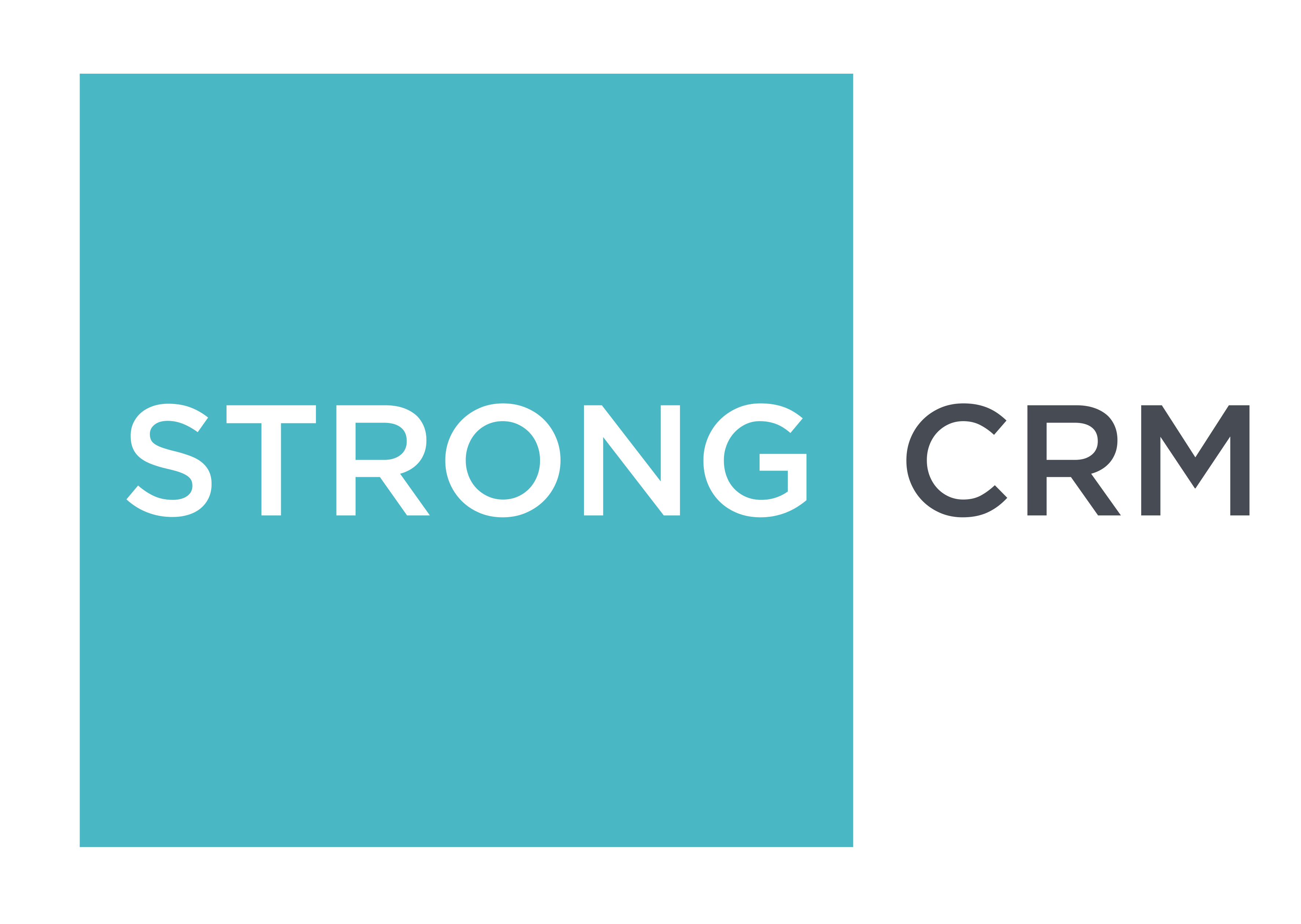8 Fundamental Steps for Effective Sales Enablement
Nowadays, the common denominator for why sales enablement efforts fail is simple, yet deadly.
A lack of preparation.
Many Sales Leaders, both new and seasoned alike, often fail to establish strong foundations for their teams, empowering them to close more deals. If you read any blog or article about why your sales team is struggling to close deals, the common thread across the board can be boiled down to a lack of preparation, whether that be poor training efforts, failure to make a connection with the prospect or lack of strategic planning.
Take for example this article from Harvard Business Review titled “7 Reasons Salespeople Don’t Close The Deal”. All of the reasons the author lists, such as the inability to explain how their solution helps the buyer’s business or failure to use the right closing strategies, can be attributed to a lack of preparation both on the part of the salespeople and sales leadership.
In this post, we will discuss 8 steps that every sales team should take in order to maximize their opportunity win rate, particularly in this dynamic sales landscape.
1. Establish Buyer Personas
Establishing a well-defined Buyer Persona is an excellent way to ensure your company’s sales tactics, branding, and marketing are on target. By creating a detailed and vivid idea of who your primary demographic is, you can ensure that your entire company’s values and strategies align and create the kind of consistency that buyers love.
Sales are just as much about customer service and building connections as it is about effective communication and sales tactics, so ensuring that a buyer will receive top-tier service regardless of who they talk to is a must for any business.
2. Deliver Frequent Sales Training
While not often overlooked, it is important to make sure your company’s sales training is always as effective as possible. Ultimately, you can have the best marketing in the world and still not make any sales if your employees are not able to close.
While there are many universal skills in the business world, even the most experienced salespeople must receive sales training to ensure that their methods and customer care is up to standard with your company’s values. Some salespeople may be excellent at closing deals but lack a high level of customer service which may reduce customer loyalty, while others may be great at forming connections but not as good at closing deals. Having an airtight sales training protocol will help you rest easy knowing your employees are set up for success.
3. Implement Sales Playbooks
In a similar vein, having up-to-date Sales Playbooks is an easy way to ensure consistency across your company. Playbooks are a great tool for salespeople to use at all stages of an opportunity, allowing them to look through company strategies, talking points, sales pitches, and more. Having tried and true processes for reigning in deals that start going south can be the difference between a lost sale and a loyal customer for life.
At Strong CRM, we build automated playbooks within Salesforce for businesses and have seen the impact that a good Sales Playbook has on companies. Without it, salespeople may feel like they are improvising or floundering on sales that they could otherwise be closing.
4. Utilize Sales Collateral
Sales Collateral is an excellent way to show clients what your company can do for them. Talking to salespeople is one thing, but clients often have their guard up when doing so. Offering them different materials for them to review on their own is a great way to demonstrate how your company assists other clients.
Examples of sales collateral include things like demo videos or case studies. Demo videos allow clients to see firsthand how your company’s service or product works, while a case study can provide clients with valuable information about the specific ways in which your product has benefited other clients.
5. Focus on the Feedback Loop
Everyone knows that data is critical when it comes to effective selling, but without a good feedback loop, that data may go to waste. Creating an effective Feedback Loop begins with gathering feedback from a variety of different touchpoints. Taking from client experiences, sales teams, and internal stakeholders will provide a wide breadth for analysis.
Once you’ve identified strengths, weaknesses, and areas of opportunity, companies can take action accordingly and monitor results moving forward.
The part many businesses overlook is the “loop” portion. Fixes that work one year can fail the next depending on technological advancements and market changes, so repeating this process frequently is essential.
6. Perform Competitive Analysis
Despite economic slowdowns, virtually every industry is brimming with companies, old and new, all competing for market share in their space. This makes many markets oversaturated and highly competitive. Competitor Analysis is a great way to stay ahead in an increasingly crowded market by identifying the strengths, weaknesses, positioning, and potential threats that other competitors pose.
This practice allows companies to define what they are by identifying what they aren’t and making sure their positioning is as effective as possible. This analysis is also valuable for identifying potential partners in the market, or for making adjustments in order to target a less contested demographic.
7. Leverage Data Insights
The only way to know if your implemented sales practices are working is by tracking metrics that are relevant to your sales efforts. While some metrics will vary in importance from company to company, we have published multiple articles about some of the most important key metrics to track, as well as how to track them within Salesforce.
If you are interested in learning more about tracking data insights, check out our article on the 5 most important metrics to track in Salesforce.
8. Sales and Marketing Alignment
Lastly and most importantly, alignment will consistently be one of, if not the most important part of the sales process. Oftentimes sales and marketing teams clash due to how integral their processes are to each other. Marketing teams are responsible for generating inbound leads or qualifying pre-existing leads so they are “sales ready”, or Marketing-Qualified Leads (MQLs). Sales teams are responsible for following up on inbound leads and MQLs and closing those deals. When an MQL goes stale, the lead should be kicked back over to marketing for further nurturing, a process we refer to as Lead Recycling.
Optimizing this process of handing off leads between marketing and sales can be a powerful revenue driver, but requires a strong understanding of a company’s shared goals and revenue strategies. If cohesion does not exist between different departments, your sales pipeline can quickly devolve from an efficient money-making machine to a conflict-filled nightmare.
While there is not one overarching solution to creating alignment across a company, it is important to remember these two core tenets: structure and empathy. Without proper structure, it may be hard for even the most well-intentioned teams to understand how to interact with each other effectively.
On the other hand, structure without a strong sense of teamwork, collaboration, and understanding with one another can lead to seriously damaging internal conflicts and loss of efficiency. None of the other sales enablement practices can be properly implemented without constantly making sure your teams are on the same page, and remember, alignment is a journey, not a destination.
Key Takeaways for Sales Enablement
As we’ve discussed, many of the most common major pitfalls for sales teams can be traced back to poor preparation. In the midst of such a volatile and fast-paced market, even the most prepared sales teams are not immune to failing, so making sure your team is ready to take on any challenge is more important than ever. Establishing these strong, enduring foundations will set your team on the right track to grow your business to new heights.
Another major component of setting your salespeople up for success is access to accurate and effective information, and without proper Salesforce optimization, you may be losing valuable data.
That’s why here at Strong CRM, we believe in helping you build for the future. If you want to learn more about how to make the most out of your Salesforce and equip your sales team with powerful tools for growth, reach out to us to see how we can help.

